Intro
Discover accurate Syphilis Testing Methods, including blood tests, physical exams, and diagnostic procedures, to detect and manage this STD, preventing long-term health complications like neurosyphilis and congenital syphilis.
Syphilis, a bacterial infection caused by Treponema pallidum, has been a significant public health concern for centuries. The disease can cause severe health problems if left untreated, including damage to the brain, heart, and other organs. Fortunately, syphilis is easily treatable with antibiotics, and early detection is crucial for effective treatment. In recent years, various syphilis testing methods have been developed to diagnose the disease accurately and efficiently. The importance of syphilis testing cannot be overstated, as it is the first step towards treatment and prevention of long-term complications.
The prevalence of syphilis has been increasing globally, with the World Health Organization (WHO) estimating that approximately 12 million new cases occur each year. The disease can affect anyone, regardless of age, sex, or socioeconomic status. However, certain groups, such as men who have sex with men, sex workers, and individuals with multiple sexual partners, are at higher risk of contracting the infection. The increasing incidence of syphilis highlights the need for effective testing methods to diagnose and treat the disease promptly.
Syphilis testing is not only essential for individuals who are sexually active but also for pregnant women, as the disease can be transmitted to the fetus during pregnancy. Congenital syphilis can cause serious health problems, including birth defects, stillbirth, and infant mortality. Therefore, it is crucial for healthcare providers to offer syphilis testing as part of routine prenatal care. By understanding the different syphilis testing methods available, individuals can take an active role in protecting their health and preventing the spread of the disease.
Syphilis Testing Methods
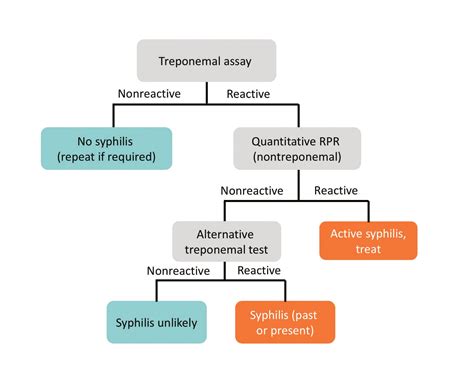
There are several syphilis testing methods available, each with its advantages and limitations. The most common methods include:
Rapid Plasma Reagin (RPR) Test
The RPR test is a non-treponemal test that detects the presence of antibodies in the blood. It is a rapid and inexpensive test that can provide results in as little as 15 minutes. However, the RPR test is not highly specific and can produce false-positive results.
Treponema Pallidum Particle Agglutination (TPPA) Test
The TPPA test is a treponemal test that detects the presence of antibodies against Treponema pallidum. It is a highly specific test that can provide accurate results, but it is more expensive and time-consuming than the RPR test.
Enzyme-Linked Immunosorbent Assay (ELISA) Test
The ELISA test is a highly sensitive and specific test that detects the presence of antibodies against Treponema pallidum. It is a widely used test that can provide accurate results, but it requires specialized equipment and trained personnel.
Darkfield Microscopy
Darkfield microscopy is a direct detection method that involves examining a sample of tissue or fluid under a microscope. It is a highly specific test that can provide accurate results, but it requires specialized equipment and trained personnel.
Benefits of Syphilis Testing
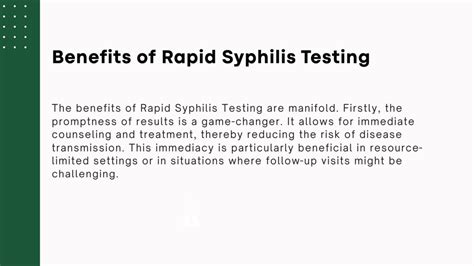
Syphilis testing offers several benefits, including:
- Early detection and treatment: Syphilis testing can detect the disease in its early stages, allowing for prompt treatment and preventing long-term complications.
- Prevention of transmission: Syphilis testing can help prevent the transmission of the disease to others, including sexual partners and newborns.
- Reduced risk of complications: Syphilis testing can reduce the risk of complications, such as damage to the brain, heart, and other organs.
- Improved health outcomes: Syphilis testing can improve health outcomes by providing accurate diagnoses and guiding treatment decisions.
Steps Involved in Syphilis Testing
The steps involved in syphilis testing include:- Blood sample collection: A blood sample is collected from the individual being tested.
- Test selection: The healthcare provider selects the most appropriate test based on the individual's symptoms, medical history, and risk factors.
- Test performance: The selected test is performed, and the results are interpreted.
- Result interpretation: The results are interpreted, and a diagnosis is made.
- Treatment: If the results are positive, treatment is initiated, and the individual is counseled on how to prevent transmission to others.
Challenges and Limitations of Syphilis Testing
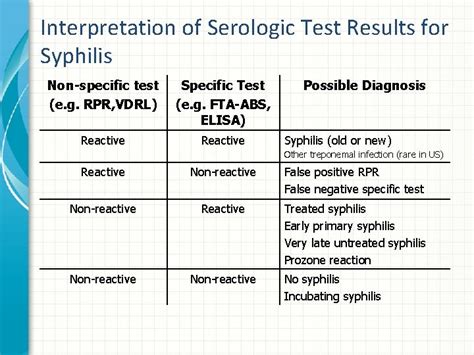
Syphilis testing faces several challenges and limitations, including:
- False-positive results: Non-treponemal tests, such as the RPR test, can produce false-positive results, leading to misdiagnosis and unnecessary treatment.
- False-negative results: Treponemal tests, such as the TPPA test, can produce false-negative results, leading to delayed diagnosis and treatment.
- Limited accessibility: Syphilis testing may not be widely available in resource-poor settings, limiting access to diagnosis and treatment.
- Stigma and discrimination: Syphilis testing may be stigmatized, leading to discrimination and social exclusion.
Future Directions in Syphilis Testing
Future directions in syphilis testing include:- Development of point-of-care tests: Point-of-care tests that can provide rapid and accurate results at the point of care.
- Improvement of test sensitivity and specificity: Improving the sensitivity and specificity of existing tests to reduce false-positive and false-negative results.
- Development of new testing technologies: Developing new testing technologies, such as molecular diagnostics, to improve diagnosis and treatment.
Practical Examples of Syphilis Testing
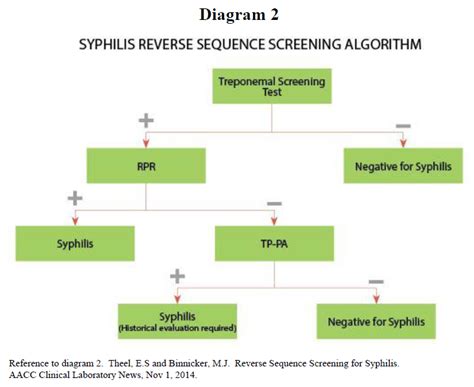
Practical examples of syphilis testing include:
- A 25-year-old woman who presents with a rash on her hands and feet. She is tested for syphilis using the RPR test, which comes back positive. She is then treated with antibiotics and counseled on how to prevent transmission to others.
- A 35-year-old man who presents with symptoms of neurosyphilis, including confusion and difficulty walking. He is tested for syphilis using the TPPA test, which comes back positive. He is then treated with antibiotics and undergoes rehabilitation to improve his cognitive and motor function.
Statistical Data on Syphilis Testing
Statistical data on syphilis testing includes:- According to the Centers for Disease Control and Prevention (CDC), the number of reported syphilis cases in the United States increased by 68% between 2014 and 2018.
- A study published in the Journal of Infectious Diseases found that the sensitivity of the RPR test was 85%, while the specificity was 95%.
- Another study published in the Journal of Clinical Microbiology found that the sensitivity of the TPPA test was 95%, while the specificity was 99%.
Conclusion and Recommendations
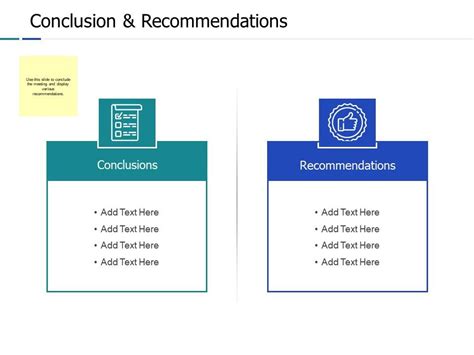
In conclusion, syphilis testing is a crucial step in the diagnosis and treatment of syphilis. The various testing methods available each have their advantages and limitations, and healthcare providers should select the most appropriate test based on the individual's symptoms, medical history, and risk factors. To improve syphilis testing, healthcare providers should:
- Use a combination of non-treponemal and treponemal tests to improve sensitivity and specificity.
- Provide counseling and education on how to prevent transmission to others.
- Ensure that syphilis testing is widely available and accessible, particularly in resource-poor settings.
- Develop and implement new testing technologies, such as point-of-care tests and molecular diagnostics, to improve diagnosis and treatment.
We invite readers to share their thoughts and experiences on syphilis testing in the comments section below. Additionally, we encourage readers to share this article with others who may be interested in learning more about syphilis testing. By working together, we can improve syphilis testing and reduce the incidence of this disease.
What is syphilis testing?
+Syphilis testing refers to the various methods used to diagnose syphilis, a bacterial infection caused by Treponema pallidum.
What are the benefits of syphilis testing?
+The benefits of syphilis testing include early detection and treatment, prevention of transmission, reduced risk of complications, and improved health outcomes.
What are the different types of syphilis tests?
+The different types of syphilis tests include non-treponemal tests, such as the RPR test, and treponemal tests, such as the TPPA test and the ELISA test.
How is syphilis testing performed?
+Syphilis testing is typically performed by collecting a blood sample from the individual being tested and then selecting the most appropriate test based on their symptoms, medical history, and risk factors.
What are the challenges and limitations of syphilis testing?
+The challenges and limitations of syphilis testing include false-positive and false-negative results, limited accessibility, and stigma and discrimination.
